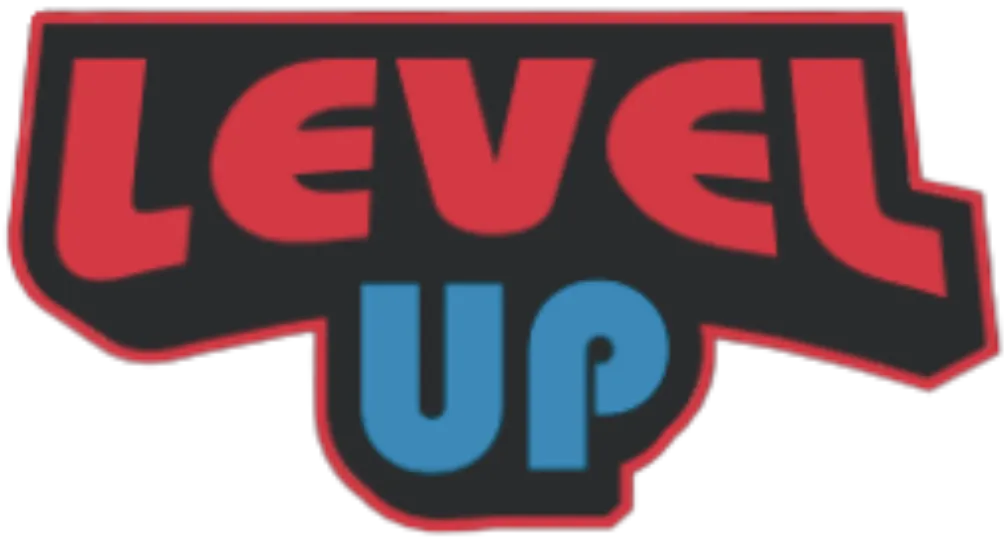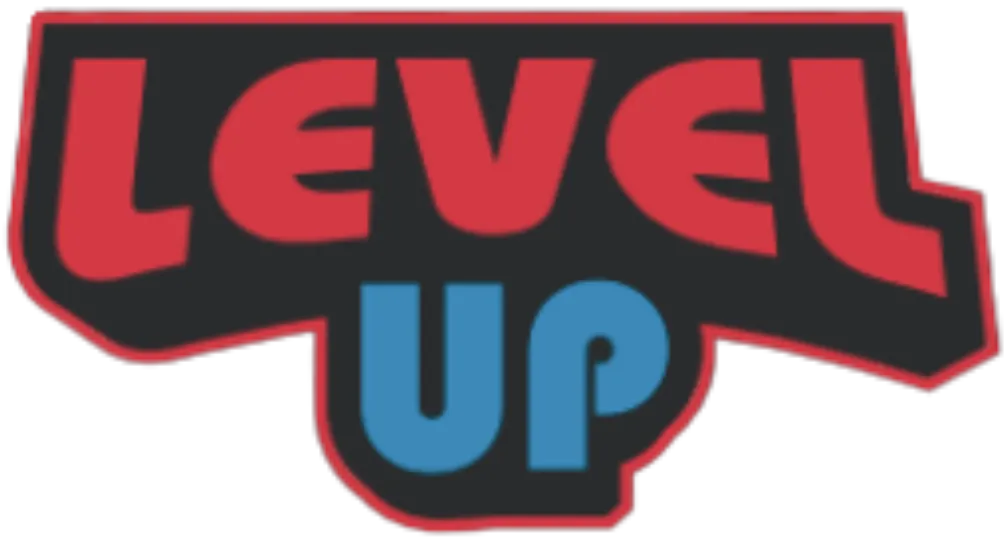
Optimizing Images for Web: Quality & Load Time Balance
Optimizing Images for Web: Balancing Quality and Load Time
Learn how to optimize images for the web to balance quality and load time. Discover best practices, common mistakes to avoid, and tools to use. Visit Level Up Business for expert web optimization services. Keywords: optimizing images for the web, image optimization tools.
In the digital age, images play a crucial role in web design and content creation. However, the challenge lies in optimizing these images to ensure they are high quality while maintaining fast load times. This balance is essential for enhancing user experience, improving SEO, and ensuring that your website performs optimally across all devices. In this blog, we will explore the best practices for optimizing images for the web, focusing on balancing quality and load time.
Why Image Optimization Matters
Enhancing User Experience
When users visit your website, they expect it to load quickly and display high-quality images. Slow-loading images can frustrate users and lead to higher bounce rates. On the other hand, optimized images ensure a smooth and enjoyable browsing experience.
Improving SEO
Search engines like Google consider page load time as a ranking factor. By optimizing your images, you can improve your site's load speed, which can positively impact your search engine rankings. Additionally, optimized images with appropriate alt text and file names can enhance your site's visibility in image search results.
Reducing Bandwidth and Storage
Optimized images use less bandwidth and storage, which can reduce hosting costs and make your website more efficient. This is particularly important for websites with a large number of images or those that receive high traffic.
Steps to Optimize Images for the Web
Choose the Right File Format
Different image formats serve different purposes. The most common formats for web images are JPEG, PNG, and WebP. Each format has its advantages and disadvantages.
JPEG
JPEG is ideal for photographs and images with complex colors. It supports a high level of compression, which can significantly reduce file size while maintaining decent image quality.
PNG
PNG is perfect for images with transparent backgrounds or those requiring high detail, such as logos and icons. While PNG files are typically larger than JPEGs, they offer lossless compression, preserving image quality.
WebP
WebP is a modern image format that provides superior compression and quality compared to JPEG and PNG. It supports both lossy and lossless compression and is becoming increasingly popular for web use.
Resize Your Images
Large images can significantly slow down your website. Resizing images to the appropriate dimensions for your website is a critical step in optimization. Tools like Adobe Photoshop, GIMP, and online image resizers can help you adjust the size of your images without compromising quality.
Set Maximum Dimensions
Determine the maximum dimensions required for your website's images. For example, if your content area is 800 pixels wide, there is no need to upload images larger than this width.
Compress Your Images
Compression reduces the file size of an image without significantly affecting its quality. There are two types of compression: lossy and lossless.
Lossy Compression
Lossy compression reduces file size by removing some of the image data. This can lead to a slight reduction in quality, but the trade-off is often worth it for faster load times. JPEG is an example of a format that uses lossy compression.
Lossless Compression
Lossless compression reduces file size without any loss of quality. PNG and WebP formats support lossless compression. Tools like Tiny PNG and JPEG mini can help you compress images effectively.
Use Responsive Images
Responsive images adapt to different screen sizes and resolutions, ensuring they look good on all devices. The srcset attribute in HTML allows you to specify different image sizes for different screen widths, enabling the browser to select the most appropriate image.
Optimize Image Delivery
Optimizing how images are delivered to users can further enhance load times and user experience.
Use Content Delivery Networks (CDNs)
CDNs distribute your images across multiple servers worldwide, reducing the distance between the server and the user. This can significantly improve load times, especially for users in different geographic locations.
Lazy Loading
Lazy loading defers the loading of images until they are needed, such as when they come into the viewport. This can reduce initial page load time and save bandwidth. Implement lazy loading using JavaScript libraries or HTML attributes.
Implement Caching
Caching stores a copy of your images on the user's device, reducing the need to download the same images repeatedly. Proper caching settings can enhance load times for returning visitors.
Leverage Browser Tools
Modern browsers offer various tools to help you optimize images. For instance, Google's Lighthouse tool can analyze your website and provide recommendations for image optimization.
Best Practices for Ongoing Image Optimization
To ensure that your website consistently performs well, it's important to adopt ongoing image optimization practices. Here are some additional tips to keep your images optimized:
Regularly Audit Your Images
Conduct regular audits of your website to identify images that can be further optimized. Use tools like Google Page Speed Insights or GTmetrix to analyze your site's performance and get recommendations for image optimization.
Optimize Images Before Uploading
Whenever possible, optimize images before uploading them to your website. This practice ensures that only optimized images are added to your site, maintaining a balance between quality and load time from the outset.
Automate Image Optimization
Consider using automation tools and plugins to handle image optimization tasks automatically. This can save time and ensure that all images are consistently optimized without manual intervention.
Keep Abreast of New Technologies
The field of image optimization is continuously evolving, with new technologies and techniques emerging regularly. Stay updated with the latest trends and tools to ensure your website benefits from the best available optimization methods.
Common Mistakes to Avoid
While optimizing images, it's important to avoid common mistakes that can negatively impact your website's performance:
Over-Compression
Excessive compression can lead to poor image quality, which can detract from the visual appeal of your website. Strive for a balance between file size reduction and image quality preservation.
Ignoring Alt Text
Alt text is essential for accessibility and SEO. Always include descriptive alt text for your images to improve search engine visibility and ensure your site is accessible to all users.
Using Incorrect File Formats
Using the wrong file format for your images can result in unnecessarily large files or poor-quality visuals. Understand the strengths and weaknesses of each file format and choose the most appropriate one for each image.
Failing to Use Responsive Images
Responsive images are crucial for ensuring your site looks great on all devices. Neglecting to implement responsive images can lead to slow load times and poor user experience on mobile devices.
Final Thoughts
Optimizing images for the web is a critical aspect of web development that can significantly enhance your website's performance. By following best practices, avoiding common mistakes, and staying updated with the latest technologies, you can ensure your site delivers high-quality images without compromising load time.
For more expert tips and assistance with web optimization, visit our website. If you don't want to figure out how to learn the E-commerce sites though, try out Level Up, we do all the work for you for only $99/m or something like that, thanks.



